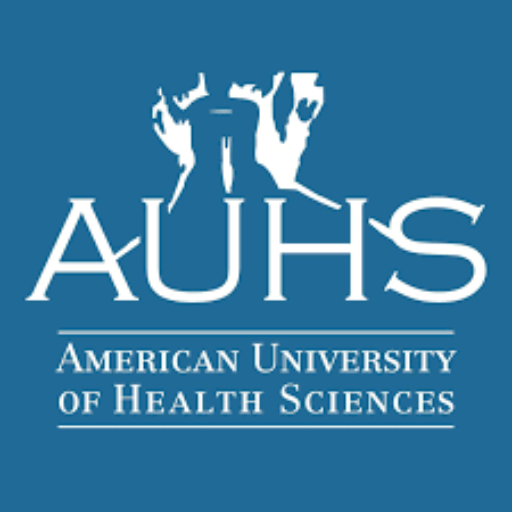Comprehensive SEAP Surveys measuring Program Effectiveness Outcomes (PEOs):
Clinical/Experiential Site Evaluation
Clinical/Experiential Site Evaluation consists of two tools:
- Clinical/Experiential Facility Evaluation (faculty)-intended for use by the faculty to evaluate the effectiveness of the clinical/experiential site from their point of view.
- Clinical/Experiential Facility Evaluation (student)– intended for use by the students to evaluate the effectiveness of the clinical/experiential site from their point of view.
Course and Faculty Evaluation
Currently there are four tools for course and faculty evaluation, two for midterm and two for final evaluation as follows:
- Theory Course & Faculty Midterm Evaluation – used for mid-quarter evaluation of faculty members in the classroom. Midterm evaluations are used for evaluating new faculty for the first two quarters or until evaluations stabilize and meet the set benchmarks of 3.5 in all essential categories for two consecutive quarters. This tool is also used for incumbent faculty members who are having difficulty meeting benchmarks and are working with mentors in order to improve classroom teaching strategies.
- Clinical/Experiential & Faculty Midterm Evaluation– used for mid-quarter evaluation of faculty members in the clinical/experiential setting. Midterm evaluations are used for evaluating new faculty for the first two quarters or until evaluations stabilize and meet the set benchmarks of 3.5 in all essential categories for two consecutive quarters. This tool is also used for incumbent clinical/experiential faculty members who are having difficulty meeting benchmarks and are working with mentors to improve clinical/experiential teaching strategies.
- Theory Course & Faculty Final Evaluation– used for end of quarter evaluation of faculty members and course in the classroom setting. Final evaluations are used for evaluating every faculty and every course.
- Clinical/Experiential Course & Faculty Evaluation– used for end of quarter evaluation of faculty members and of the clinical/experiential course in the clinical/experiential setting. Final evaluations are used for evaluating every faculty and every clinical/experiential course.
Employer Satisfaction
Currently there is one employer satisfaction survey.
- Employer Satisfaction Survey– The purpose of this tool is to evaluate the performance and preparation of AUHS graduates in the workplace. It is intended for the employers of AUHS graduates to evaluate the effectiveness of AUHS graduates in the workplace as entry-level practitioners and health care professionals who are working in their first 12months of employment.
Clinical Facility Evaluation
Facility evaluation tools are designed for evaluating the effectiveness of students and faculty in various settings; there are four tools in this category.
- Faculty Evaluation and Observation in Clinical/Experiential Settings– The purpose of this tool is for a supervisor to evaluate the effectiveness for the faculty member in the clinical/experiential site as related to leading or supervising student learning experiences in the workplace.
- Clinical Agency Evaluation of Faculty and Students in the Clinical/Experiential Setting– The purpose of this tool is for clinical/experiential agency personnel to evaluate the effectiveness of AUHS faculty members and students in the clinical/experiential setting.
- Faculty Peer Evaluation– The purpose of this evaluation is for a co-faculty member to give feedback in the teaching environment to a fellow faculty member for self-improvement. These evaluations are intended for self- improvement and not seen by anyone other than the reviewer and reviewed. Full-time faculty members who have worked at the University for at least one year are expected to obtain two peer evaluations each year. It is recommended that at least one be obtained from members teaching in other departments. Part-time and per-diem faculty have no requirement in this area, however, are strongly urged to get at least one peer review annually.
- Student Evaluation of Preceptor– the purpose of this tool is for the student to evaluate a preceptor in the clinical/experiential environment.
In addition, included in clinical and experiential syllabi are evaluation tools for individual student evaluation of their performance compared to the expectations for the course. These are considered under specific program outcomes criteria and as such are solely controlled by each program according to their individual needs.
University and Program Evaluation
There are three tools in the University and Program evaluation category.
- Student Satisfaction Inventory– the purpose of this tool is for students to evaluate their satisfaction with their educational program and the services provided by the University. This evaluation takes place once per year in the fall.
- Graduate Survey– the graduate survey is given to student in the last 2 weeks of their programs and is intended to bea comprehensive questionnaire of the student’s overall satisfaction with their program.
- Alumni Survey– this survey is given to graduates working in the fields from one to three years post-graduation.
Clinical/Experiential Behavioral Tool
The Clinical/Experiential Behavioral Tool is an additional assessment for reviewing the progress students are making related to professionalism and professional behaviors in the clinical experiential area. It is to be completed at the end of the clinical experiential course to the program administrative assistant.
